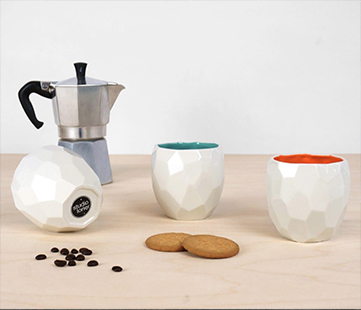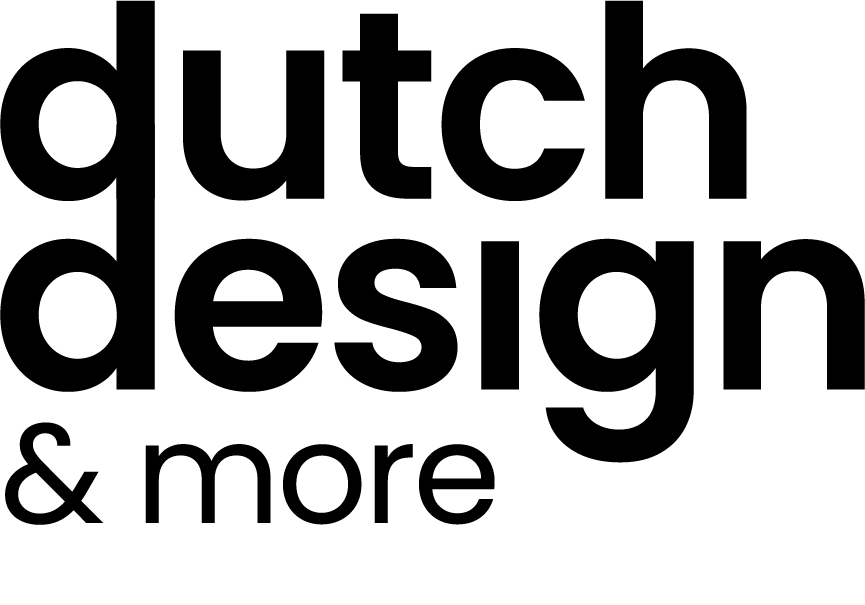
Dutch coffee culture is changing. While it used to mainly filter coffee that we drank, nowadays it is a hip latte macchiato with all kinds of flavors. Coffee is popular. Would you like to drink a cup of coffee out of the house or are we now making the “Caramel Frappuccino with hazelnut bites” ourselves? What is beyond dispute is that the Dutch coffee culture has undergone significant development, what is happening now and what are the differences with ‘the coffee country Italy’?
From filter to cup
The filter coffee of the past was replaced by the Senseo in 2001. From that time on we can make coffee per cup instead of a full jug of coffee that was often half thrown away. The alternative used to be instant coffee, now there is a path. The Senseo developed by Douwe Egberts was not a high-quality coffee, but this coffee was consumed in many families. From 2005, another custom coffee was introduced. Nespresso machines and the more expensive fully automatic machines succeed the Senseo. The cups were not going to completely replace the pads. You can even say that the coffee cup war had started.
The numbers
That the Dutch coffee culture is growing and flourishing, is also proven by the figures of data suppliers like Locatus, RIVM and Datlinq. Coffee is the number one popular drink in the Netherlands. Together with tea, it is the most consumed drink. 32% of the 2.1 liters of fluid that we consume per person every day consists of coffee and tea, followed by water (26%) and soft drinks (12%). The Dutch have been drinking less coffee in recent years, but are spending more money on it. According to a report by the international market researcher Euromonitor on Dutch coffee culture, the Dutch drink eight percent less coffee (in liters) than in 2005. On the other hand, we spend twenty percent more money on coffee, both in supermarkets and in the catering industry.
Differences with ‘coffee capital Italy’
When you say coffee, you are sure to think of Italy. But we, the Dutch, can also do something about it. Yet the Italian coffee culture cannot be compared to the Dutch coffee culture. We list a few differences. Is there something that we could learn from each other?
In Italy, you just don’t have a cappuccino at 11:00 in the morning, it’s taboo. They prefer to start with an espresso on their way to work or dip a croissant in a caffè latte for breakfast. In contrast to the Netherlands, Italians prefer ‘short’ coffees, prepared with little water. We Dutch prefer to drink all day long, six cups of coffee are often no exception.
The barista has two definitions in both countries. While in Italy the barista is mainly seen as a bartender, the Dutch barista mainly focuses on coffee only. This also explains why the Dutch barista continues to try new brewing methods and coffee types. His Italian colleague often sticks to the trusted basics with attention to serving a consistent taste and quality, Italy is more about tradition.
Many Italian baristas are loyal to a coffee blend that they have often been working with for years. They know their coffee very well and know that they can always serve their guests good taste and quality. In the Netherlands, the barista profession is still quite new; Fifteen years ago hardly anyone knew what a barista was. The course is less traditionally organized. Many Dutch baristas opt for variation in the type of beans, the branding and the layout. Dutch baristas are experimenting much more with new flavors, types and mixes.
At Holland Design and Gifts we also consume a fair share of coffee throughout the day. So we know what kind of Dutch Design coffee mug you need to put in your perfect ‘caramel frappuccino with hazelnut bites’. Because you can drink your coffee in style from this handmade Mug Kant. Designed by Sander Luske, inspired by the lace in the paintings Marten and Oopjen, two masterpieces by Rembrandt van Rijn. Beautiful porcelain from the collection of the Rijksmuseum.

